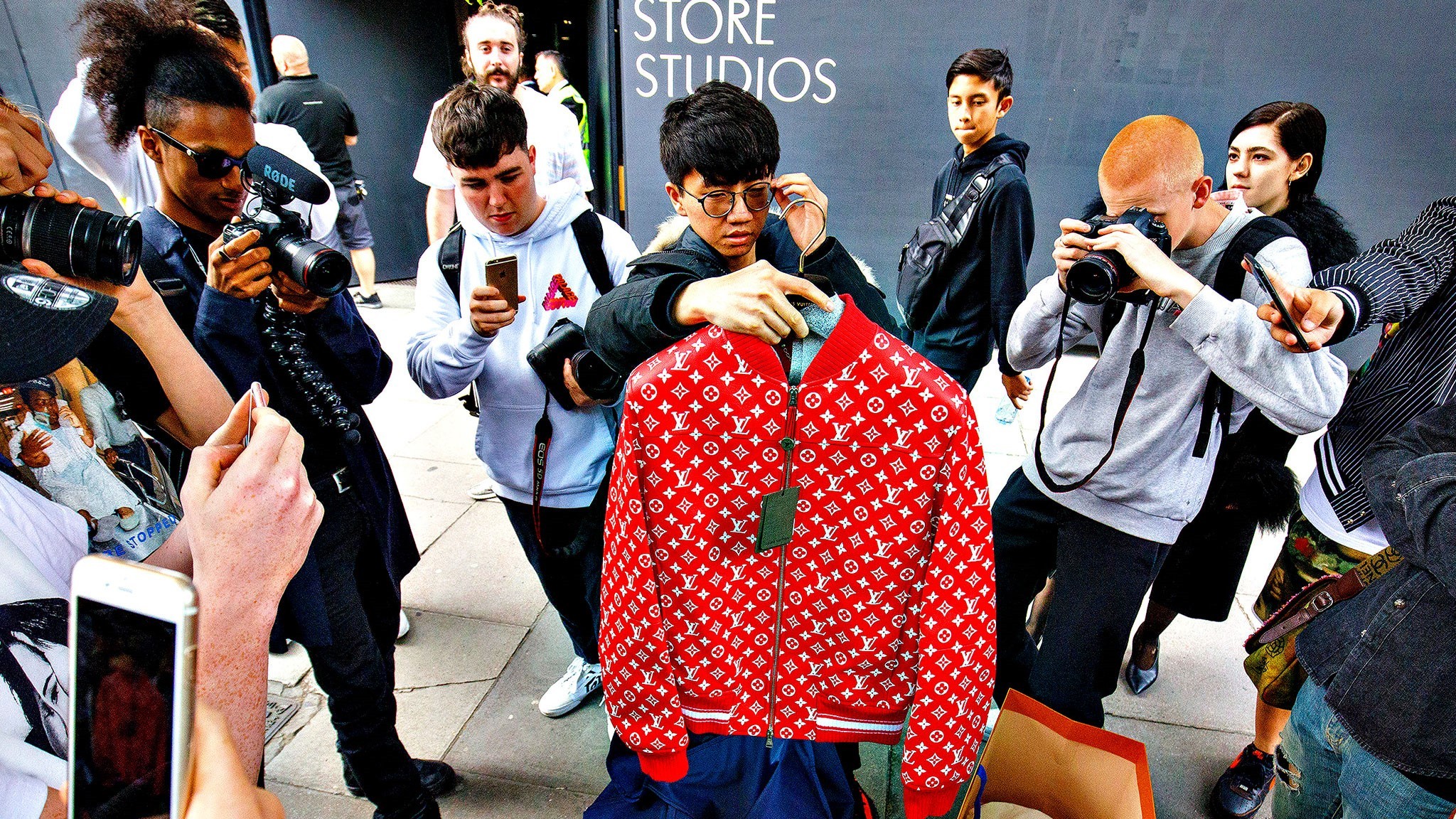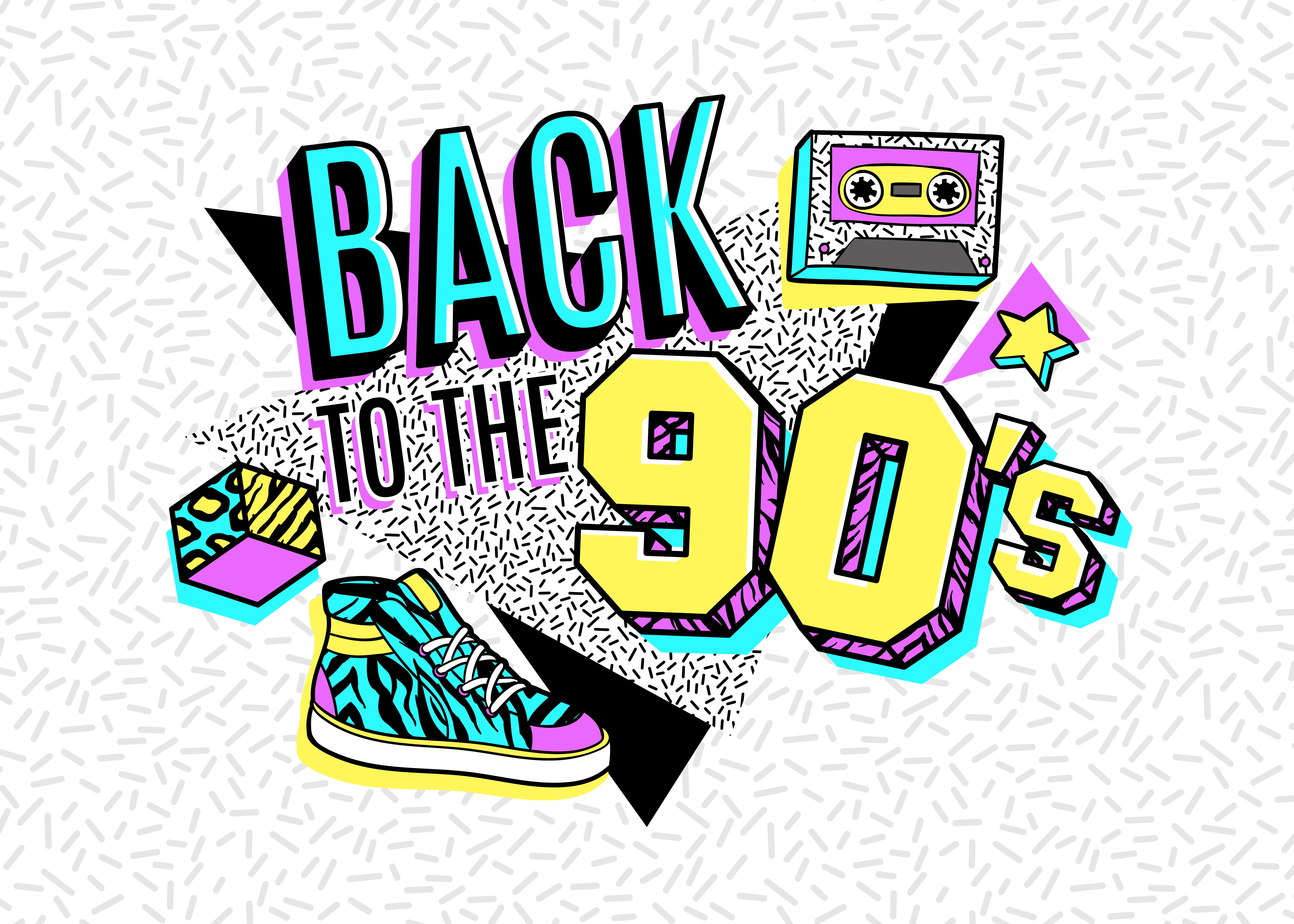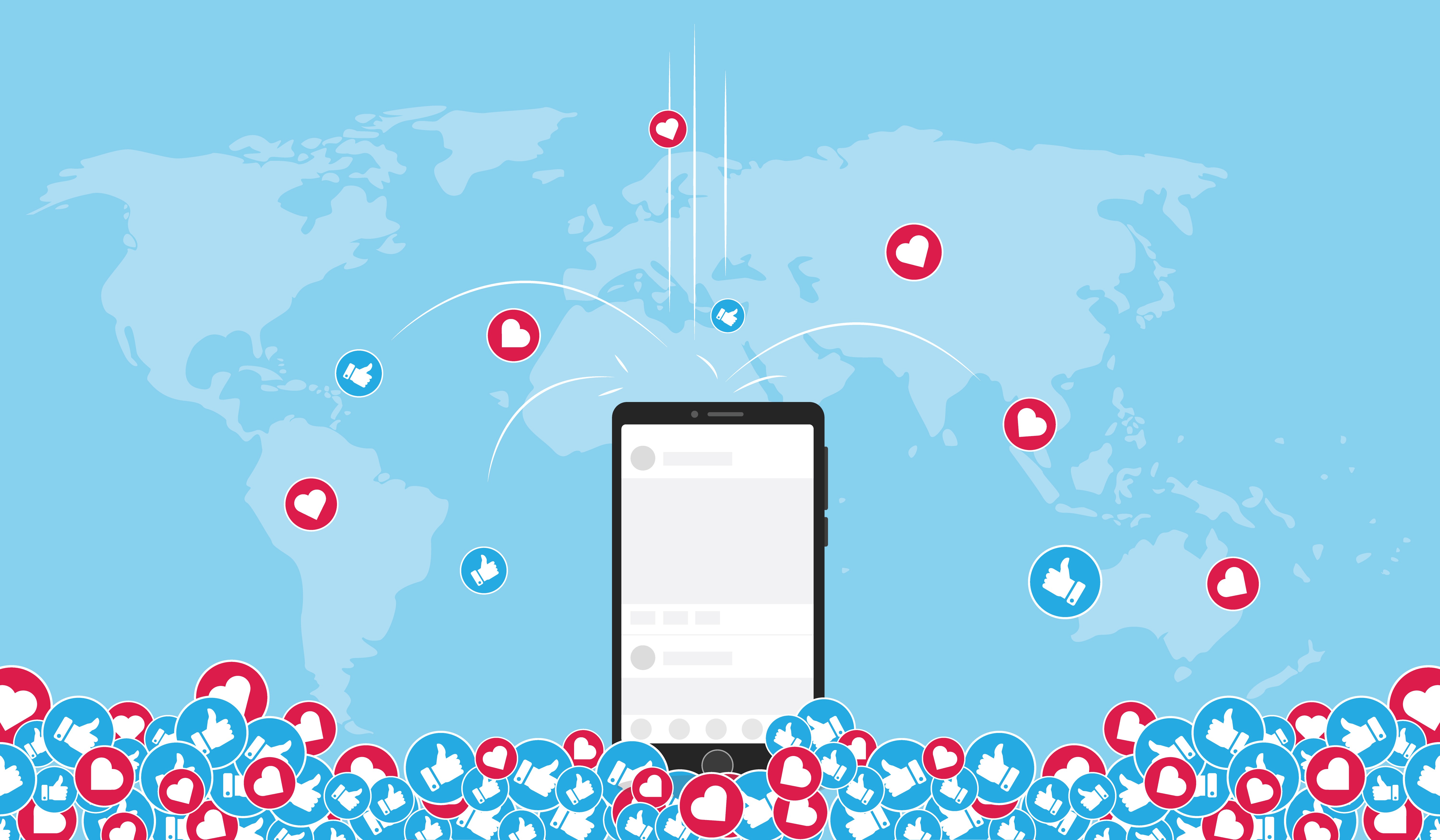Worldwide business inspiriations

Millennial marketing: Supreme, in collaboration with brands like Louis Vuitton.
Conceptual thinking, and cool start-ups are great. But what is the reality for most of us? I spend much of my time travelling, advising and inspiring business people around the world through projects, workshops and keynote events. I get to meet the most fascinating companies and innovators. Some are big famous corporates like P&G, or luxury icons like Cartier, or cool brands like Red Bull, but others are smaller, more niche and more intriguing companies. I usually learn more from the latter.
Some of the people and places I have been most inspired by personally over the last year have included:
- Barcelona. Whilst the Catalans fought over their future, the city was the destination for many of the world’s top beauty brands. Coty has combined its French heritage with P&G’s global brand portfolio to create a new force, rethinking everything in beauty, from brands to business models.
- Chicago. Driving north from O’Hare airport, along the shore of Lake Michigan, I was amazed by the number of healthcare companies, big and small. Atos Medical are a great example of the shift to innovative care solutions, service more than product, with direct patient relationships.
- Dubai. Innovation is everywhere, preparing for World Expo 2020, and realising that a nation needs to do more than sell oil, and attract tourists. Emirates is now twice as big as any other airline, focusing on being a hub not a destination, and the Museum of the Future showcases where next.
- Hamburg. Germany used to be the industrial powerhouse of Europe, but the engineering mindset that loves quality and precision is finding it hard to innovate and change in today’s world. BASF to Bayer, BMW to Bosch struggle to keep pace with a new generation of agile global players.
- Hong Kong. David Hansen claims that he brings robots to life. His human-like, smiling and joking, creation called Sophie became the world’s first robot citizen during the launch of Neom, Saudi Arabia’s $500bn future metropolis, human and robotic, 33 times larger than New York City.
- Guayaquil. The largest city in Ecuador is a hub of social innovation. Mashpi Lodge is a great example of responsible tourism, with sky bikes through the Andean cloud forest, or Nevada Roses with its closed-loop ecosystem, and the most amazing organic fair-trade chocolate by Pacari.
- Odense. Denmark’s third largest city has reinvented itself, from remote land of HC Andersen’s children’s storytelling to Europe’s leading robotics hub. The city itself is being rebuilt as a smart, social metropolis, and has just attracted Facebook (and Thinkers50) to create a base here.
- Pretoria. MMI is a merger of South Africa’s two largest insurance companies, Metropolitan and Momentum, bringing together very different organisational cultures and operating models. They are now focused on growth, and whilst the RSA economy is weak, Africa is growing rapidly.
- Zurich. Iron deficiency is the world’s most common health condition, and particularly debilitates women. Working with a fantastic innovator in new treatments, Vifor Pharma, we were inspired by the Lucky Iron Fish Project in Vietnam – finding simple, human solutions to complex problems.
What I take from these experiences is that the sensationalist phrase I started with – more change in the next 10 years, than last 250 – is very real, and happening right now. Across every sector, in emerging and developed markets, digital and analogue, companies big and small are shaking up our world.
They embrace the new technologies in smart ways, they focus on ways to make life better, and they are driven by leaders with the courage and foresight to look beyond today’s priorities and paradigms, to shape the future in their own visions.



